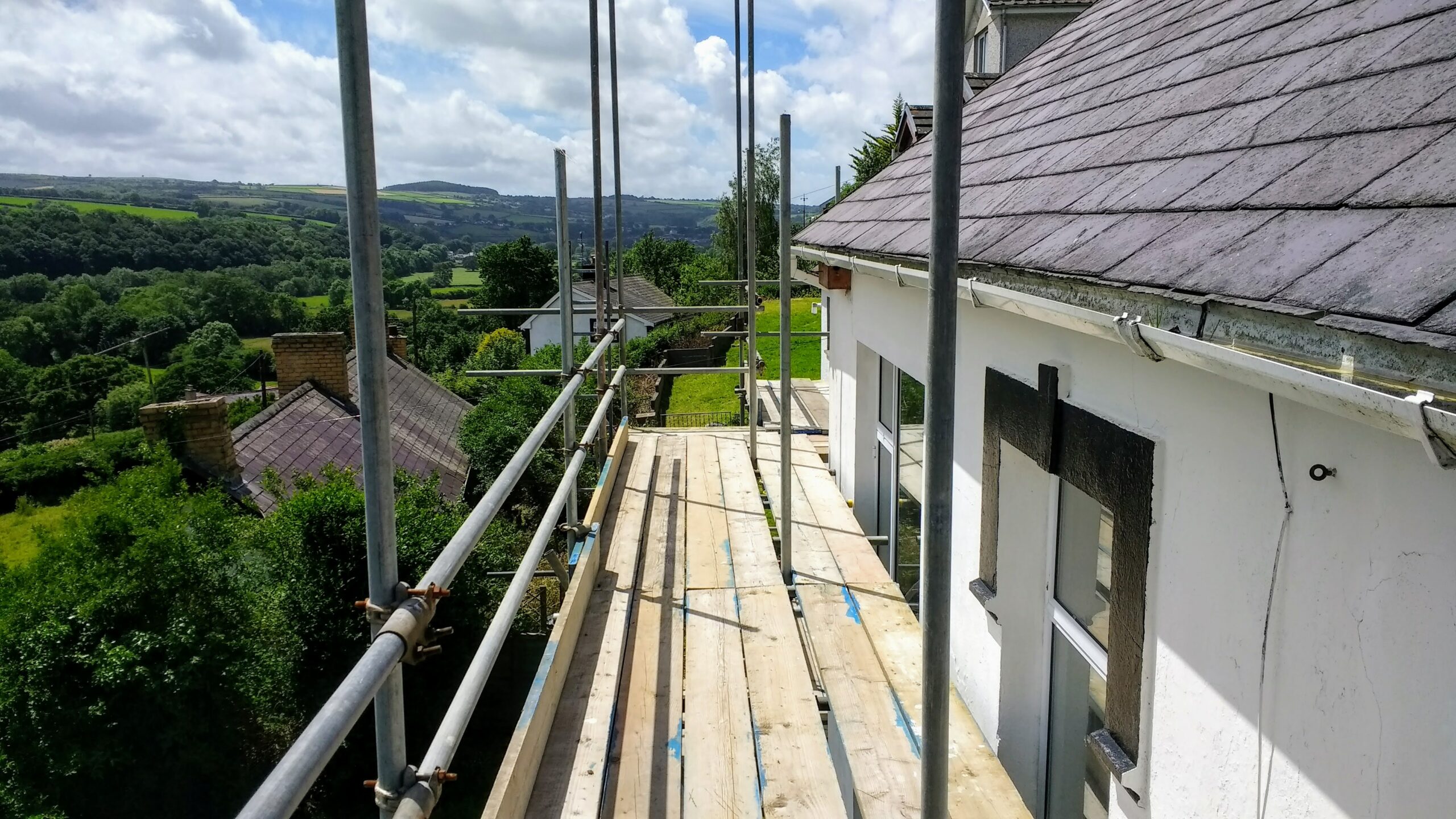Scaffolding is an essential tool in the construction and maintenance industry. It is designed to provide a safe and stable platform for workers to access elevated areas. While scaffolding is key for completing tasks efficiently and safely, many people worry about the chances of scaffolding causing damage to their home or the building it is erected upon.
In this blog, we will run through whether scaffolding can cause damage and will cover some of the factors that can influence its impact on buildings.
Understanding Scaffolding
Before we go into the question of whether scaffolding causes damage, it is important to understand the basic components and purposes of scaffolding. Scaffolding consists of a temporary structure typically made of metal or wood, supported by uprights, ledgers, and transoms. Its main function is to provide a stable and secure platform for construction or maintenance workers to perform tasks at various heights.
Potential for Damage
1. Surface Scratches and Scuffs:
One common concern is whether scaffolding can cause surface damage to the building it surrounds. If the scaffolding is erected properly, it should not directly contact the building surfaces, it is typically installed with a protective padding like rubber mats or wooden planks. This protects the building from the scaffolding and therefore should prevent scratches and scuffs. However, if scaffolding is not installed properly or not adequately maintained, it could lead to surface damage.
2. Weight and Load Distribution
Another aspect to consider is the weight of the scaffolding structure and the load it supports. Scaffolding systems are designed to distribute their weight evenly across the building’s structure. Therefore, if the scaffolding is overloaded and not properly put together, it may exert excessive pressure on specific areas which could lead to structural damage over time.
3. Environmental Factors:
External factors such as strong winds, heavy rain, or extreme weather conditions can also impact the stability of scaffolding. In severe cases, scaffolding can collapse, causing damage to the building and posing a significant safety risk to workers.
Preventing Damage
To minimise the risk of damage caused by scaffolding, several precautions can be taken:
1. Professional Installation: Scaffolding should always be erected by trained and experienced professionals who understand the specific requirements of the project.
2. Regular Inspection: Routine inspections and maintenance of the scaffolding are essential to ensure that it remains safe and secure throughout the project’s duration.
3. Proper Weight Distribution: Ensuring that the scaffolding system is not overloaded and that the weight is distributed evenly is vital in preventing structural damage.
4. Protective Measures: The use of protective padding, such as rubber mats and wooden planks, between the scaffolding and the building can help prevent surface damage.
To answer it simply, scaffolding itself won’t cause damage to your building, but improper installation, maintenance, or usage can pose a risk of potential damage.
Do I Need To Tell My Neighbour About Scaffolding?
Yes, it is always a good idea to be considerate and inform your neighbour if you are going to have scaffolding erected on or near your property. Not only does it ensure their safety and awareness, but it could help in the long run if there are any access and egress issues and can help to mitigate any concerns or requests they may have. Additionally, local regulations may require such notifications in some jurisdictions, making it a legal obligation in certain cases.
Safeway Scaffolding Limited
Are you looking for domestic scaffolding for your home or building? Safeway Scaffolding is here to help. We are a leading scaffolding contractor throughout the Midlands and Birmingham. With years of experience in the industry and strong commitment to safety and quality, we provide reliable scaffolding solutions for all your domestic needs. Contact us on 01675 465593 to discuss your project requirements.

